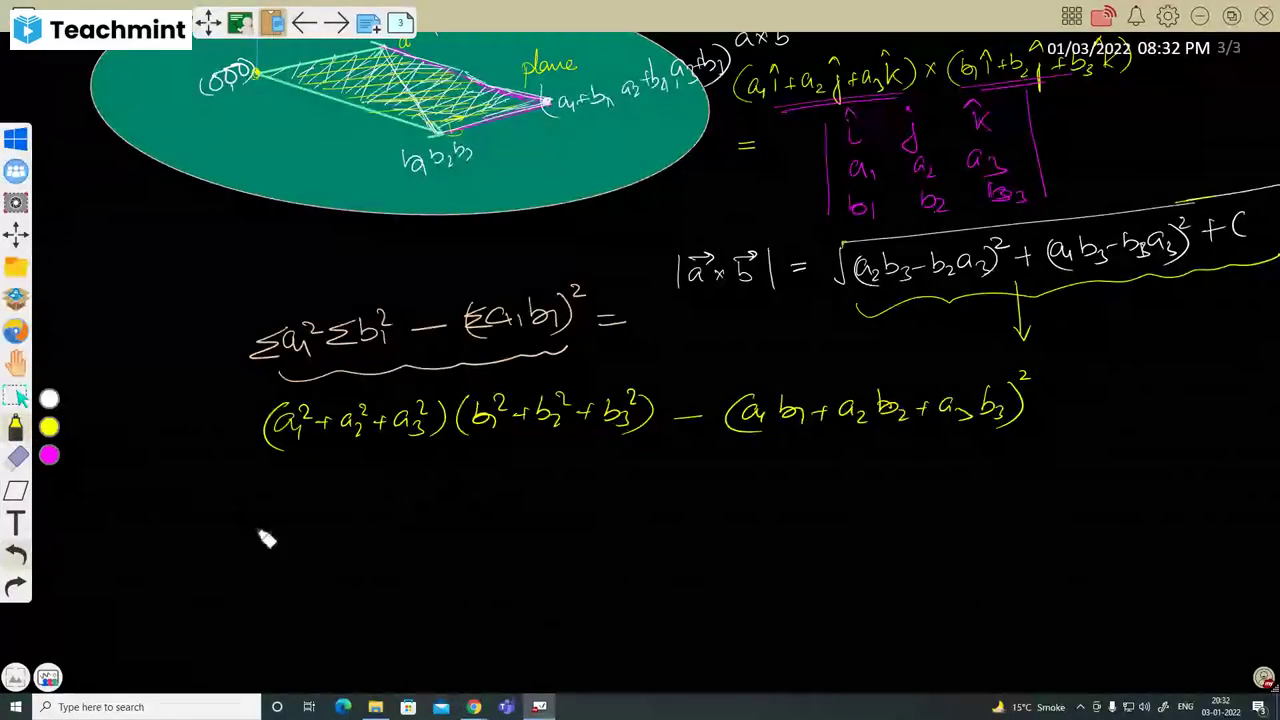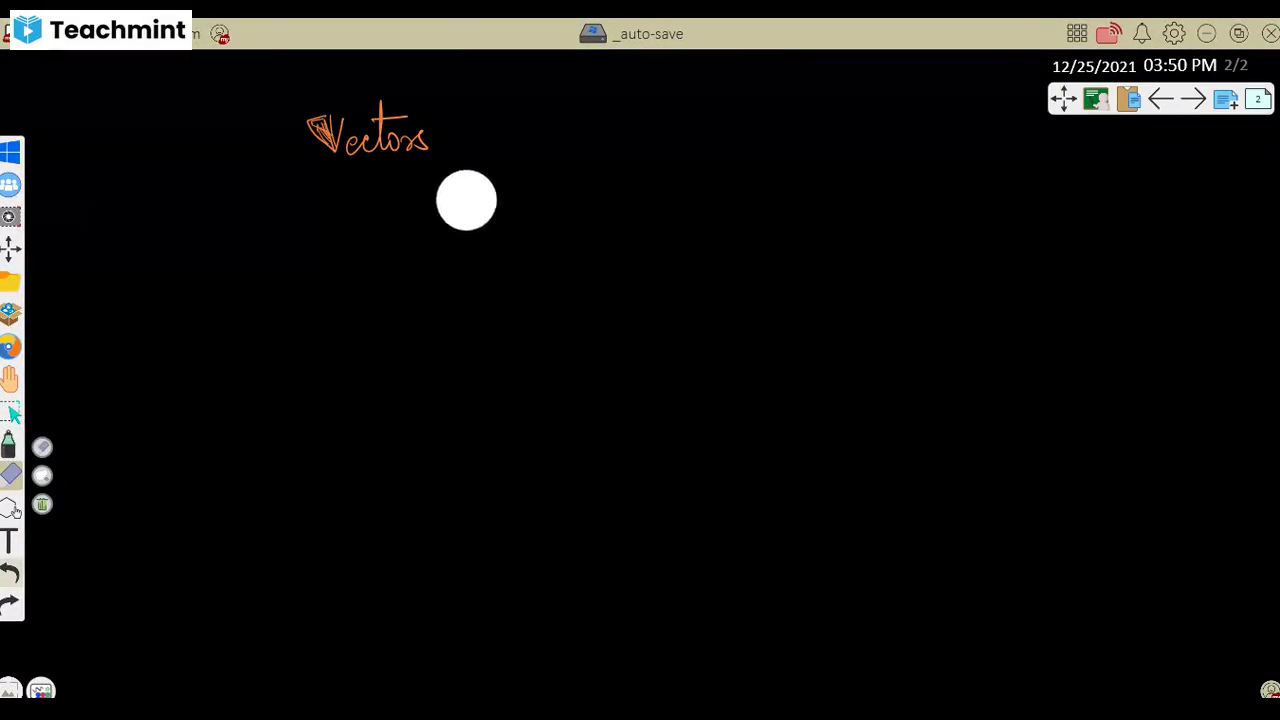Question 2 :
The number of points in $\\ \left( -\infty ,\infty \right) $ for which ${ x }^{ 2 }-x\sin { x } -\cos { x } =0$, is
Question 3 :
In linear programming, lack of points for a solution set is said to
Question 4 :
What is the solution of $x\le 4,y\ge 0$ and $x\le -4,y\le 0$ ?
Question 6 :
Which of the following is a property of all linear programming problems?
Question 7 :
<p>In graphical solutions of linear inequalities, solution can be divided into</p><ol></ol>
Question 8 :
If two constraints do not intersect in the positive quadrant of the graph, then
Question 9 :
If $a,b,c \in +R$ such that $\lambda abc$ is the minimum value of $a(b^2+c^2)+b(c^2+a^2)+c(a^2+b^2)$, then $\lambda=$
Question 10 :
In transportation models designed in linear programming, points of demand is classified as
Question 11 :
If $x+y \leq 2, x\leq 0, y\leq 0$ the point at which maximum value of $3x+2y$ attained will be.<br/>
Question 12 :
Find the output of the program given below if$ x = 48$<br/>and $y = 60$<br/>10  $ READ x, y$<br/>20  $Let x = x/3$<br/>30  $ Let y = x + y + 8$<br/>40  $ z = \dfrac y4$<br/>50  $PRINT z$<br/>60  $End$
Question 13 :
Conclude from the following:<br/>$n^2 > 10$, and n is a positive integer.A: $n^3$B: $50$
Question 14 :
Consider the following two binary relations on the set $A = \left \{a, b, c\right \} : R_{1} = \left \{(c, a), (b, b), (a, c), (c, c), (b, c), (a, a)\right \}$<br>and $R_{2} = \left \{(a, b), (b, a), (c, c), (c, a), (a, a), (b, b), (a, c)\right \}$ Then<br>
Question 15 :
If $f: A \rightarrow B$is a bijective function and if n(A) = 5, then n(B) is equal to
Question 17 :
Let $R$ be the relation over the set of all straight lines in a plane such that ${l}_{1}$ $R$ ${l}_{2}\Leftrightarrow {l}_{1}\bot {l}_{2}$. Then, $R$ is
Question 18 :
Let $f(x,y)=xy^{2}$ if $x$ and $y$ satisfy $x^{2}+y^{2}=9$ then the minimum value of $f(x,y)$ is
Question 19 :
If the function $f:R\rightarrow A$ given by $f(x)=\cfrac { { x }^{ 2 } }{ { x }^{ 2 }+1 } $ is surjection, then $A=$
Question 21 :
Let $S$ be a relation on $\mathbb{R}^{+}$ defined by $xSy\Leftrightarrow { x }^{ 2 }-{ y }^{ 2 }=2\left( y-x \right)$, then $S$ is
Question 22 :
The number of one-one functions that can be defined from $A=\{4,8,12,16\}$ to $B$ is $5040,$ then $n(B)=$
Question 23 :
The number of possible surjection from $A=\{1,2,3,...n\}$ to $B = \{1,2\}$ (where $n \geq 2)$ is $62$,then $n=$
Question 24 :
If $f:R\rightarrow \left [\dfrac {\pi}{6}, \dfrac {\pi}{2}\right ), f(x)=\sin^{-1}\left (\dfrac {x^2-a}{x^2+1}\right )$ is a onto function, then set of values of $a$ is
Question 25 :
Let $f:{x, y, z}\rightarrow (a, b, c)$ be a one-one function. It is known that only one of the following statements is true:(i) $f(x)\neq b$<br/>(ii)$f(y)=b$<br/>(iii)$f(z)\neq  a$
Question 26 :
In the following functions defined from $[-1, 1]$ to $[-1, 1]$, then functions which are not bijective are






















































